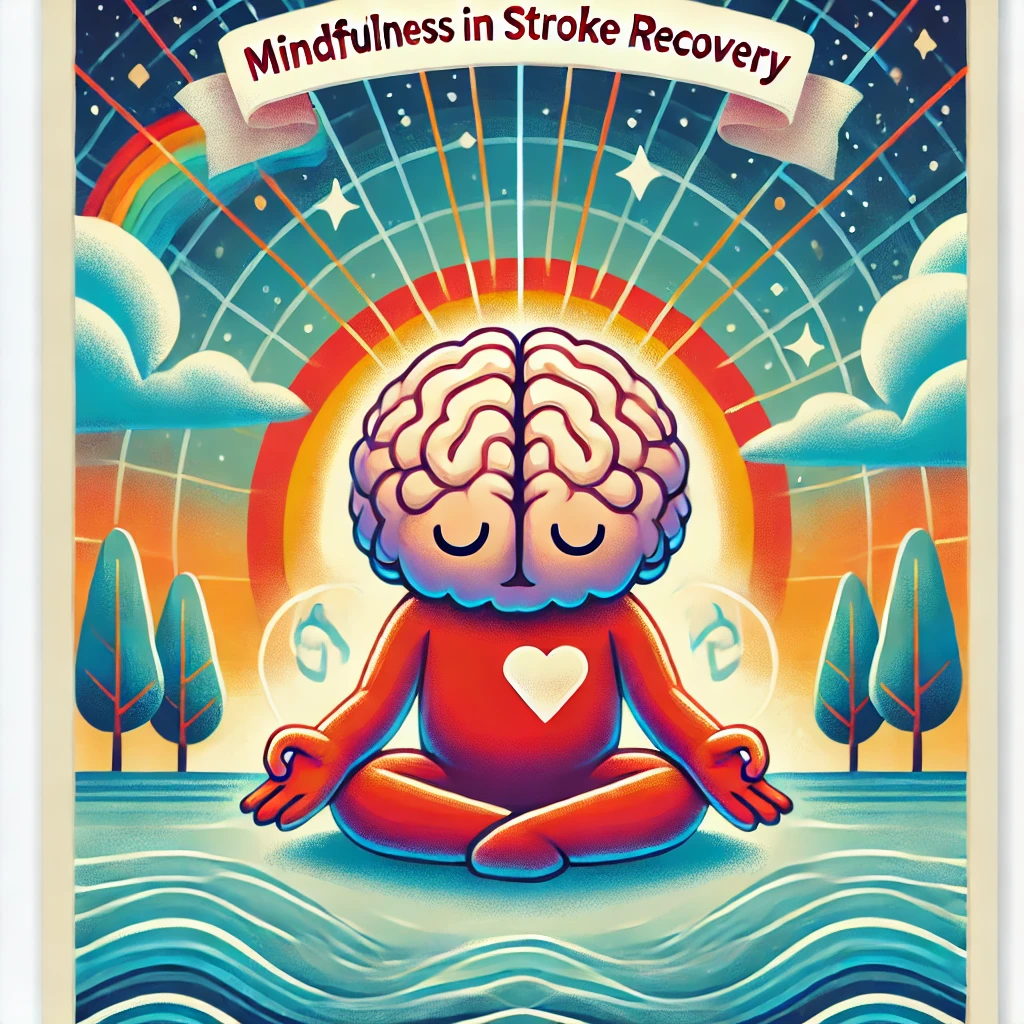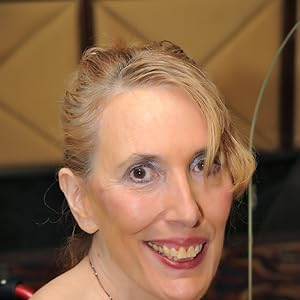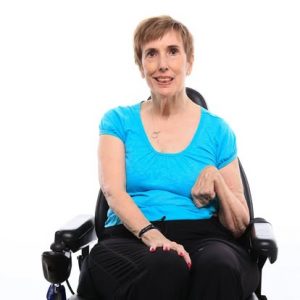The Power of Mindfulness In Stroke Recovery

Before I ever heard the word mindfulness, I was practicing its techniques that I learned at a
transformational two-weekend training called est. in 1976. I didn’t know what it was called, but
the techniques I learned helped me greatly in rebuilding my life many decades later after a stroke. Even when I
described them in my first book, Brain Attack: Surviving a Stroke, I didn’t know what it was
called. I just knew they worked for me to return to a happy, fulfilling life after the devastation left
behind by my stroke.
Mindfulness, as we know it today, is often associated with meditation, breathing exercises, and
present-moment awareness. But long before it became a widely recognized practice, I was
applying its core principles—living in the moment, shifting my perspective, and managing my
thoughts consciously. The est. training introduced me to the idea that my experience of life
wasn’t dictated by external circumstances alone but by how I related to those circumstances.
That realization became an anchor for me when I faced one of the greatest challenges of my
life—recovering from a stroke.
In the aftermath of my stroke, I found myself struggling with physical limitations, emotional
turmoil, and an uncertain future. But instead of dwelling on what I had lost, I focused on what I
could do in the present. This was not a passive acceptance but an active engagement with
reality. I practiced staying aware of each moment, shifting my internal dialogue from frustration
to possibility. Rather than letting fear and grief consume me, I trained my mind to embrace each
step of progress, no matter how small.
One of the most powerful techniques I learned from est. , which I later recognized as
mindfulness, was the ability to separate myself from my thoughts and emotions. Instead of
reacting automatically to frustration or despair, I could observe my thoughts, acknowledge my
feelings, and make a conscious choice about how to respond. This gave me a sense of control
over my recovery, even when my physical capabilities were limited.
Another invaluable tool was presence—the simple yet profound act of focusing on the here and
now. Whether I was practicing a new motor skill, engaging in conversation, or just sitting quietly,
I learned to fully experience the moment rather than getting lost in regret about the past or
anxiety about the future. This presence allowed me to find joy and gratitude in everyday life,
even amidst the challenges of recovery.
Decades later, mindfulness has become a mainstream concept, embraced by psychologists,
medical professionals, and wellness practitioners. But for me, it remains deeply personal—a
practice that played a crucial role in my healing journey. The principles I learned in 1976, long
before I knew their name, empowered me to reclaim my life after my stroke.
Mindfulness is not just a trendy buzzword or a relaxation technique; it is a way of being. It is the
ability to engage with life as it unfolds with clarity, acceptance, and choice. And for anyone
facing adversity, whether from illness, loss, or personal struggles, mindfulness offers a path
forward—not by changing what happens to us, but by transforming how we experience it.
Today, as I reflect on my journey, I am grateful for the lessons I learned all those years ago.
They have shaped not only my recovery but also the way I approach life itself—with resilience,
presence, and an unwavering belief in the power of the human spirit.
Mindfulness is not just a trendy buzzword or a relaxation technique; it is a way of being. It is the
ability to engage with life as it unfolds with clarity, acceptance, and choice. And for anyone
facing adversity, whether from illness, loss, or personal struggles, mindfulness offers a path
forward—not by changing what happens to us, but by transforming how we experience it.
Today, as I reflect on my journey, I am grateful for the lessons I learned all those years ago.
They have shaped not only my recovery but also the way I approach life itself—with resilience,
presence, and an unwavering belief in the power of the human spirit

Latest Post
Future-Proof Your Career in the Age of AI

The Future of AI Services in CPA Firms: A New Era of Accounting Excellence

Life After Stroke: Why I’m Asking for Your Help Now



One Response
Awesome https://is.gd/N1ikS2